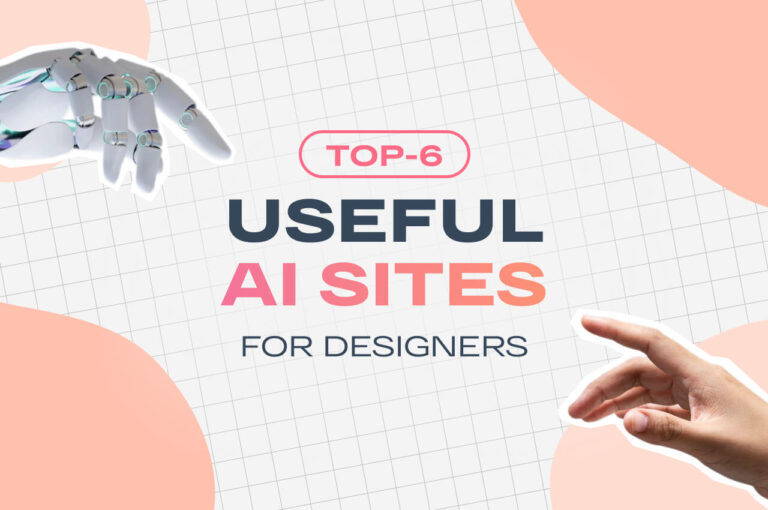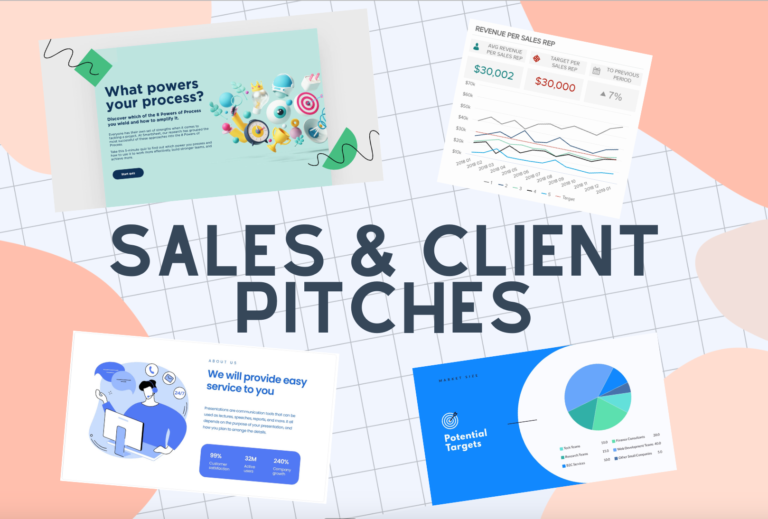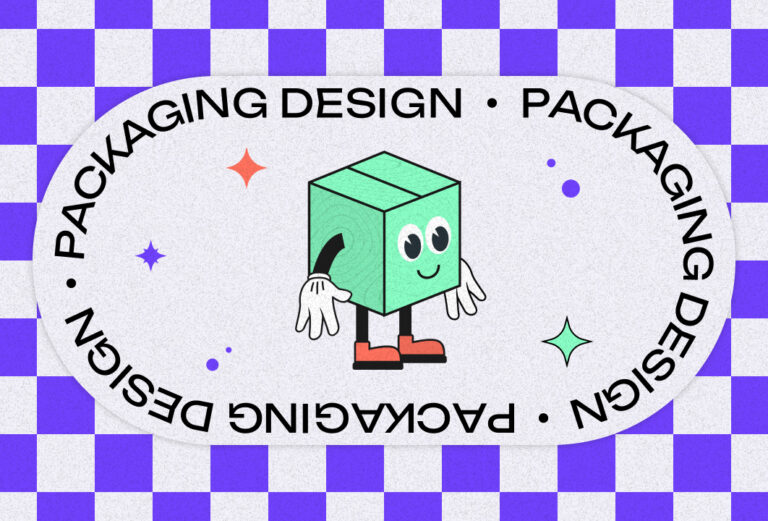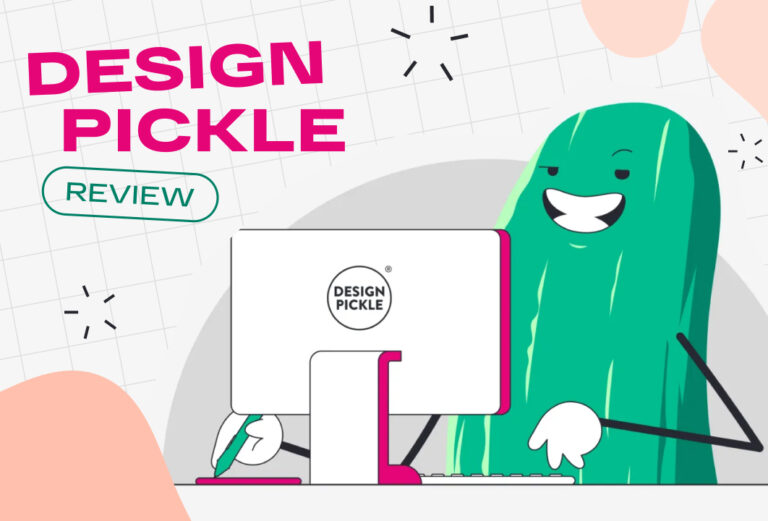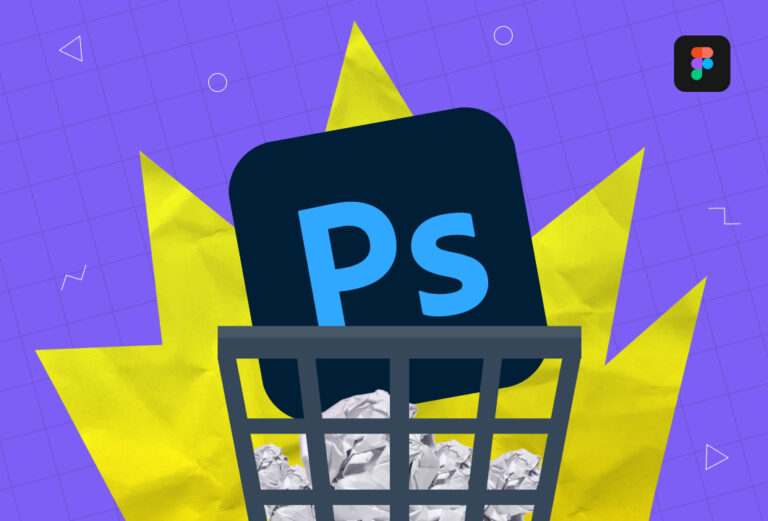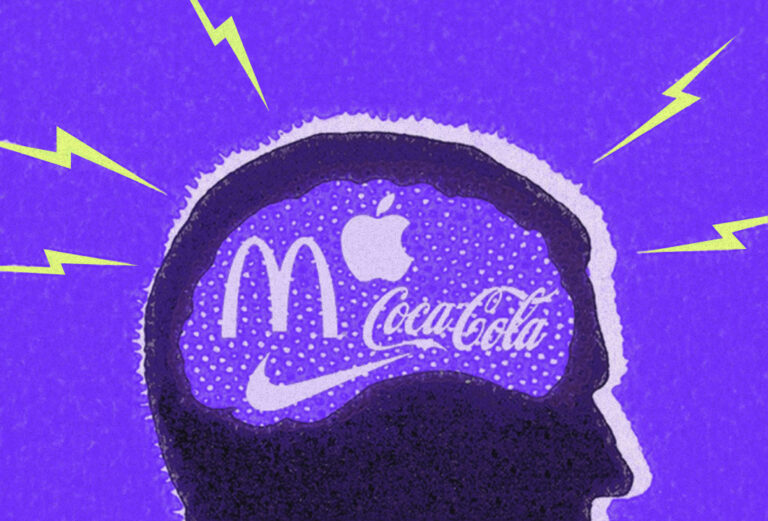
Creating compelling graphic designs is hard, but at times, collaborating with clients can be harder. Regardless if you’re a talented artist, if you aren’t able to satisfy your clients with your work, then you can’t deem your projects successful. To help you with these, we’ve come up with some of the best practices and tools that you can use to connect better with your clients.
Importance of Design Collaboration with Clients
Design collaboration with your clients is imperative in marketing, be it traditional or digital. Recent surveys suggest that 14% of a creative professional’s workweek is actually used for internal communication and collaboration. If you fail to communicate with your clients about the marketing assets that you will do, chances are, you will face numerous revisions down the line. Worse, the project may be scrapped. And it’s all because of miscommunication.

Collaboration process. Photo by Kaleidico on Unsplash
Genuine design collaboration doesn’t just happen throughout the creation process. Instead, it should start with the initial planning, identification of objectives, definition of key metrics, conceptualization, evaluation of work, editing, and reviewing results. Needless to say, you should be hand-in-hand with your client throughout your design process. In an effective creation process, technically, you should never be alone.
Challenges Faced in Design Collaboration Process
Issues or problems that may arise during the design collaboration process vary depending on the project. However, here are some of the most common challenges faced in the design collaboration process:
Undefined objectives
Without established goals, the creation, execution, and evaluation process of your graphic designs will be unsuccessful. For this reason, it’s imperative for your team and your client to answer the basic question: What are we trying to achieve with this asset?
Unclear instructions
At times, graphic artists and marketers may face clients that are unsure about what they really want. This is mostly because they are not really familiar with the nature of graphic design and marketing. In these cases, it’s best to provide a selection of use cases where you can apply your graphic design services.
Data versus artistry
Sales and marketing professionals want results. Some graphic designs, on the other hand, prioritizes artistry. Neither group is wrong since both are essential in creating an effective marketing campaign. Designers and marketers should find a sweet spot that accommodates both.
Multiple revisions
As mentioned, miscommunication may result in multiple revisions. As much as it’s laborious for graphic designers, it could also be highly counterproductive for clients. However, the recognition that editing is a part of the creation process can help you do your revisions successfully.
Consistency
Consistency and coherence across marketing channels are often overlooked during the collaboration process. At times, the client wants to execute a campaign that doesn’t fit the marketing plan, while at times, the graphic designer wants to explore new mediums to boost the results of previous marketing campaigns. Consistency is actually an excellent way to standardize an efficient design process that will reduce friction within the collaboration process.
Want to learn more about consistency? Read The Importance of Consistency in Graphic Design: Building Trust and Recognition
Best Practices in Streamlining Collaboration with Clients
While client collaboration may be challenging, it’s not impossible. Here are some of the best practices when connecting with clients:
Understanding the Client’s Vision
A great graphic designer should be emphatic with the clients. This means they can truly understand the client’s vision. Be it business scaling, establishing brand identity, boosting revenue generation, etc. Once you’re able to pinpoint what the client wants their business to achieve, the creation process will be a breeze.
Establishing Effective Feedback Loops
Feedback is imperative when it comes to the graphic design process. For this reason, it would be helpful to establish a fixed feedback loop within your team and your clients. The process you should establish should be sustainable, and you should be able to use it for all clients.
Enhancing Visual Communication
Researches suggest that a whopping 65% of humans are visual learners. Communicating with clients with visual aids can boost the speed and effectiveness of your collaboration process. If you can’t tell them what you want to happen, then show them! And let your clients do the same, too.
Collaborating in Real-Time
Now that numerous video call software is in the market, marketing teams can implement a real-time collaboration process. Just hop into a video call, show your asset, the client will give their feedback, and you can edit your asset right on the spot. This will reduce the downtime and expedite your revision process.
Design Iterations
Creating iterative designs allows artists to create and test ideas quickly. By making multiple versions of your asset, you can have a strong grasp of what your client really needs.
Securing Design Assets and Intellectual Property
Securing design assets from your client can truly make or break your design schedule. For this reason, it would be helpful to first identify the resources you need from your client before proceeding with your creative process. Aside from this, it’s imperative to formalize the intellectual property specifications of your creation. Who would own the asset once it’s done?
Recommended Tools for Streamlining Collaboration with Clients
The right project management and design software can truly elevate your collaboration with clients. Here are some of the tools you can utilize during your design process:
Figma
Figma is now one of the leading designing software on the internet. Aside from its impressive design features, it also has excellent collaboration features. Designers can easily grant commenting or editing access to clients, allowing them to see the real-time development of your designs.

Sample of Figma project dashboard.
Slack
According to recent surveys, Slack has over 20 million active users as of 2023, and a significant portion of these users is in the marketing and creative industry. Slack allows designers like you to create channels that can help you organize their communication process. You can create channels based on the project you are working on, the marketing channel you want to improve, or even the schedule you’re following.

Slack’s productivity articles.
ClickUp
ClickUp now has 4 million users across its free and paid versions, according to Forbes. Aside from its communication features, it has numerous project management configurations that can help clients and designers track the project’s progress. Users can create specific spaces, calendars, and tables that will allow them to monitor each facet of the design process. It even has the feature of tracking the productivity of each user.

ClickUp’s homepage.
Asana
Asana is an equally powerful project management tool. According to the website, the software now has more than 135,000 paying customers in over 200 countries. One of the most powerful features of the software is creating teams that supervises a specific project.

Asana’s homepage.
Notion
Last but not least is Notion. The website is estimated to have over 4 million active monthly users. Designers, content specialists, and other creative professionals laud the freedom Notion gives the users. The website allows users to fully design their own dashboard, thus designing a project management tool that can accommodate the needs of both clients and workers.

Notion’s creative homepage.
Get a Professional Team of Graphic Designers for Your Clients
Hiring professional graphic designers is crucial to ensure effective streamlining of design collaboration with clients. While you can opt to create your team, hiring a team of professional graphic designers such as Seter Graphic Labs can be more efficient and productive.
Seter Graphic Labs is a team of professional designers with the expertise and experience to accurately understand and interpret clients’ design requirements. We can effectively translate clients’ ideas and preferences into visually appealing and cohesive designs, minimizing the potential for miscommunication or misunderstandings.
Aside from this, our team has well-established processes and workflows for design collaboration. We can guide clients through the design process, provide valuable insights and recommendations, and keep the project on track. Our experience allows for efficient communication, ensuring client feedback is incorporated effectively and timely.
Interested in outsourcing your graphic design tasks? Learn more about Seter Graphic Labs.
In Summary
Streamlining an effective design collaboration with clients can be really tricky. However, the right tools and working process can help you genuinely connect with your clients. The next thing you know, you might even feel like your client is a true part of your team!

